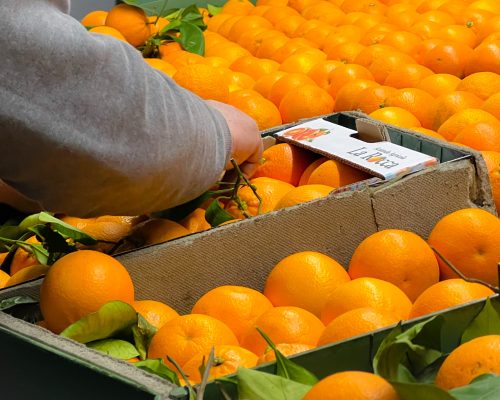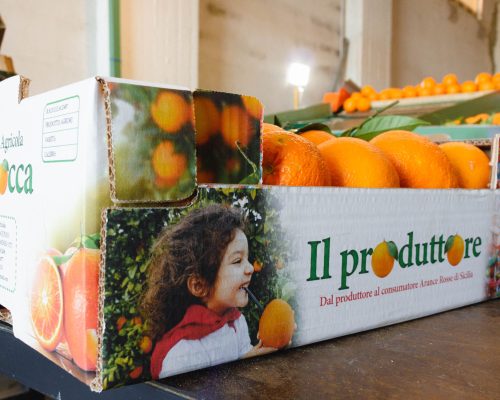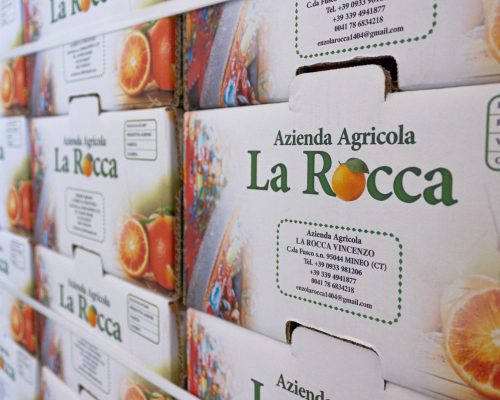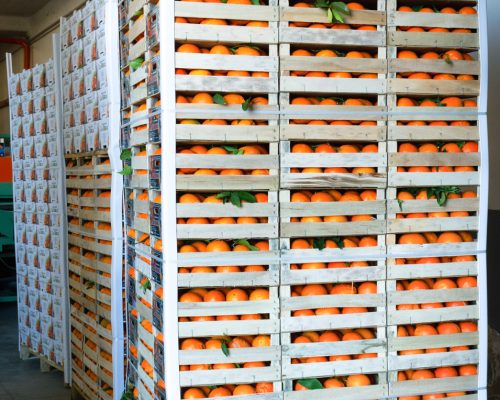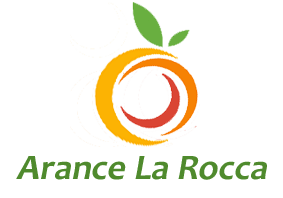Production Chain
The entire processing of our oranges takes place in the eastern part of Sicily, in the area of the Plain of Catania. This fruit is the flagship of the citrus sector and the most representative of the south of the country. Our production takes place through various steps to which we devote the utmost attention to ensure quality, freshness and genuineness for each individual fruit. Meticulousness and quality guarantee make our work the best choice for your table.
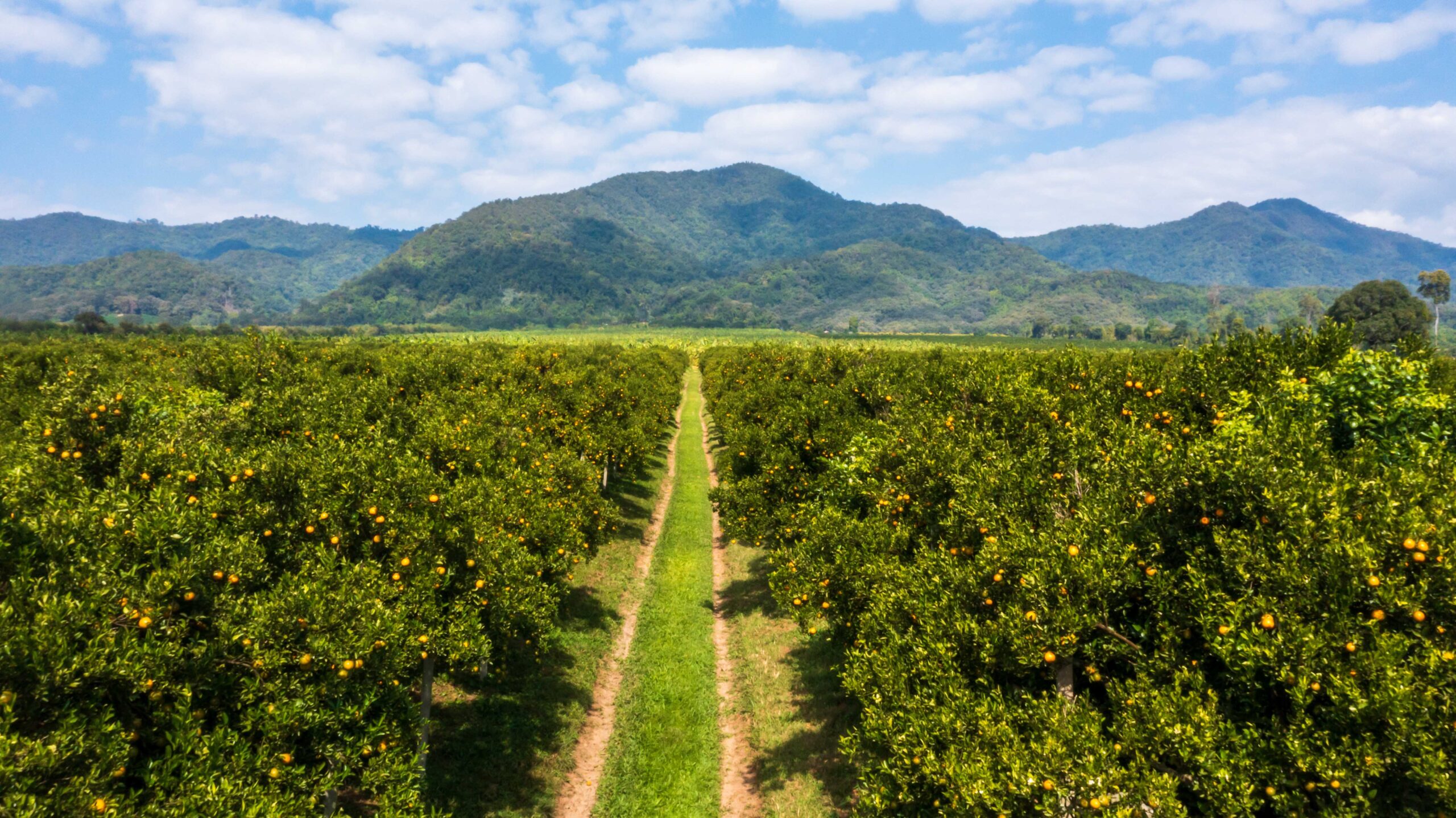
Pruning
The production phases of the Orange begin with the pruning operations that must be completed in the period from February to September. Pruning is a very delicate phase, but essential for the health of the plant, precisely for this reason it is carried out with manual scissors or shears. These processes have the purpose of guaranteeing natural development and avoiding the creation of bundles in the crown of the plant. Furthermore, a good pruning guarantees that the sun’s rays also reach the fruits and the innermost leaves of the tree, thus guaranteeing a rich and homogeneous harvest.
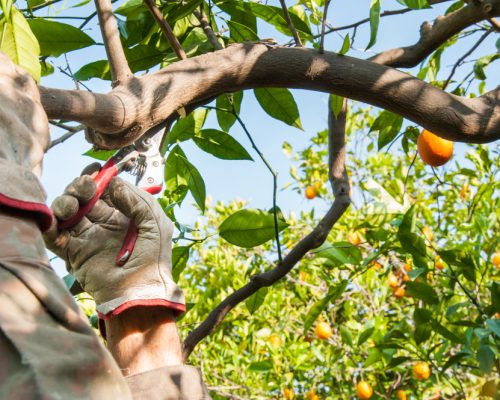
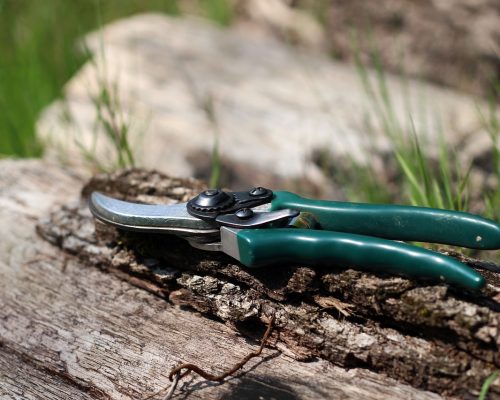
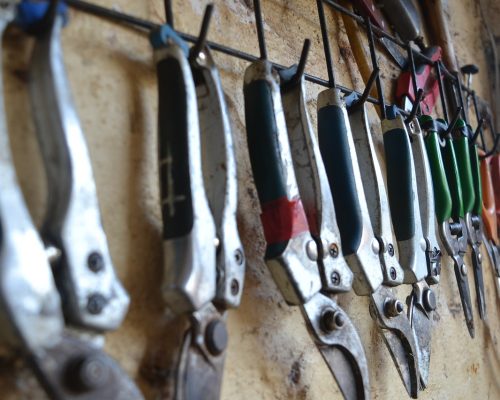
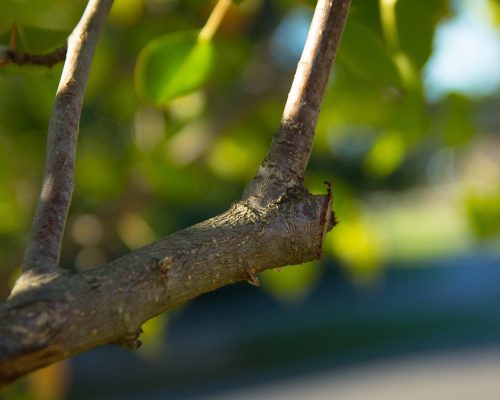
Flowering
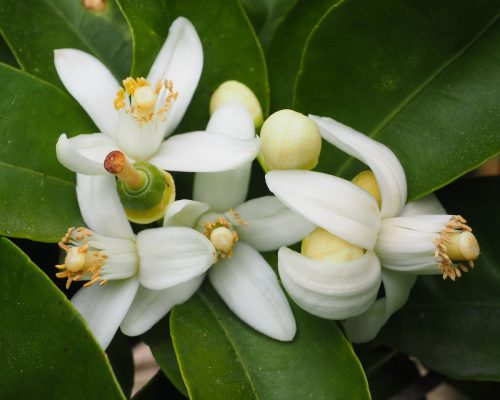
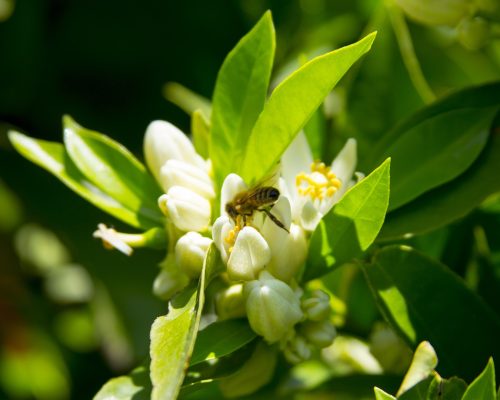
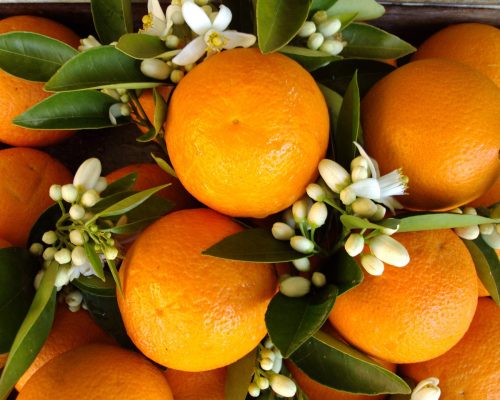
Land Care
The problem of weeds is very common. It is not only a question of aesthetics, but also of competition between plants, for which weeds compete for water, nutrients, light and space. In addition, weeds favor the spread of parasites, they hinder the care of plants and therefore, must necessarily be eradicated. Furthermore, their clearance allows fertilizers to penetrate deeply into the soil. Precisely in autumn, during the vegetative recovery phase, the fertilization phase of the citrus groves begins, in order to guarantee the plant the right supply of nutritional elements such as nitrogen, phosphorus and potassium. A correct fertilization, repeated in spring, allows the plant to develop new shoots, to be more resistant to diseases, parasites and atmospheric adversities, and also makes the plant more productive. Finally, the cultivated areas are monitored and the pre-harvest phase occurs, organoleptically analyzing the fruit, measuring its sugar concentration, acidity and state of ripeness. Only fruits that pass these tests are ready for harvesting.
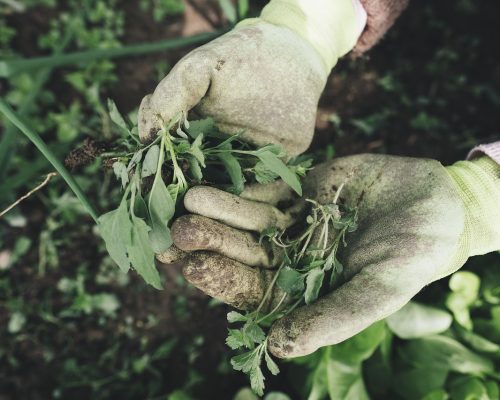
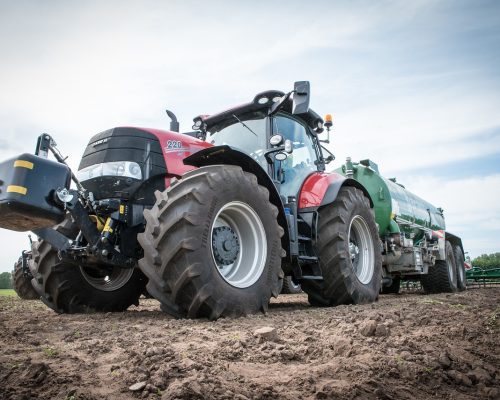
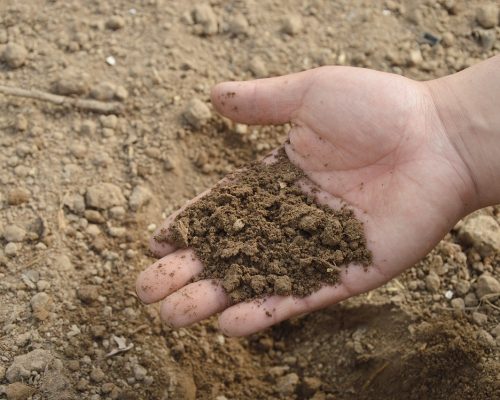
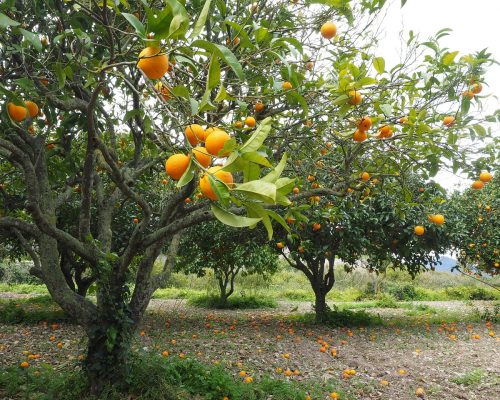
Harvest
Oranges reach acceptable ripeness around 6-12 or even 14 months after flowering and can be harvested within 2-3 months before they overripe. Citrus fruits do not ripen after harvest, but grow and reach the ideal degree of edibility on the plant, they must be left on the tree until they reach the desired degree of ripeness. The perfect time to harvest oranges depends a lot on the variety, usually the first fruits are harvested in November and the last ones, called “late”, are harvested in May-June. Oranges are traditionally picked by hand, with a combined twisting and pulling motion of the wrist. In the month of November begins the harvest of the first fruits, the Navelina. Tarocco oranges ripen between December and February.
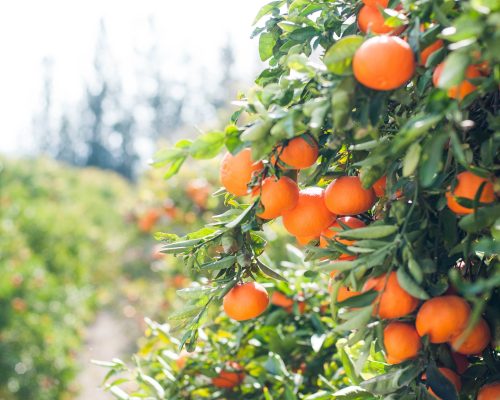
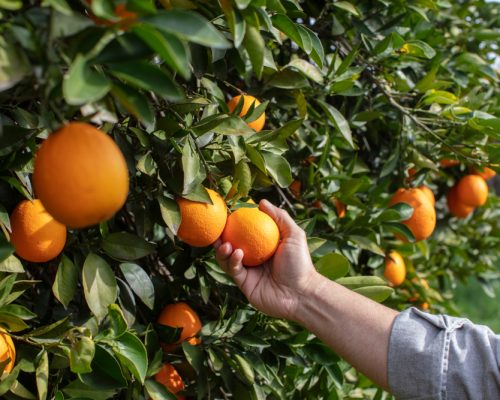
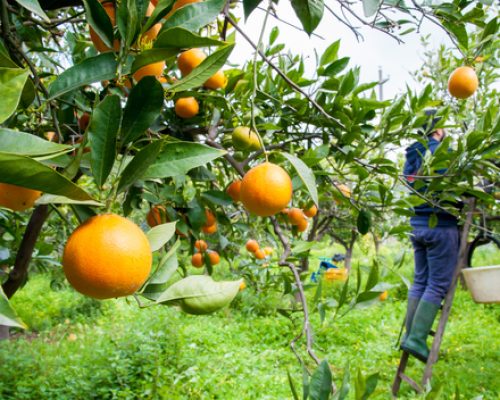
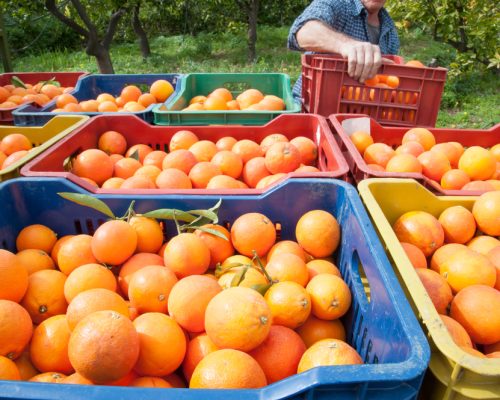
Cleaning
After harvesting, we proceed with washing through water and brushes on a conveyor belt that cleaned the fruit without changing its genuineness. We do not polish them with waxes, in fact the peel of our oranges has been used for thirty years for fragrances, preserves and caramels. Then the selection phase takes place and is carried out by hand along a conveyor belt and has the purpose of eliminating non-compliant or imperfect fruit. Once selected, the oranges are ready for the next phase.
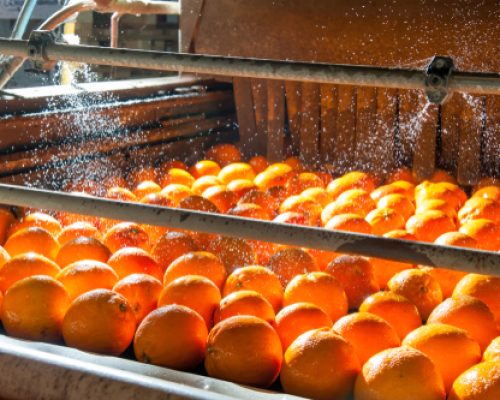
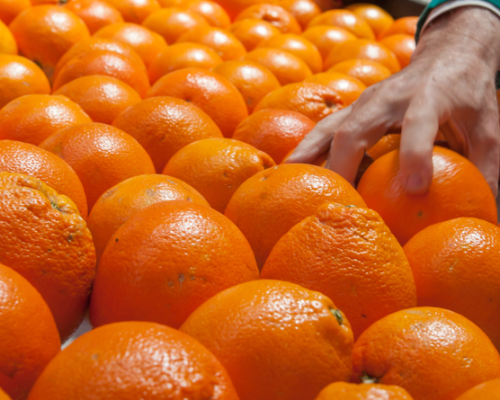
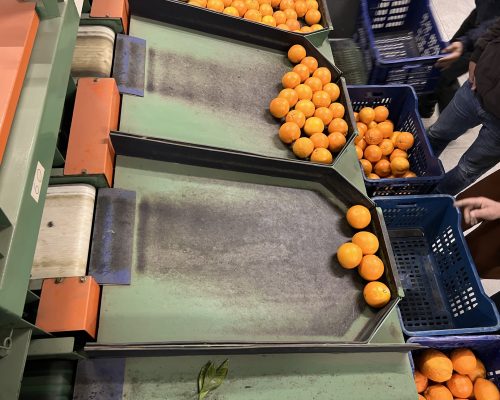
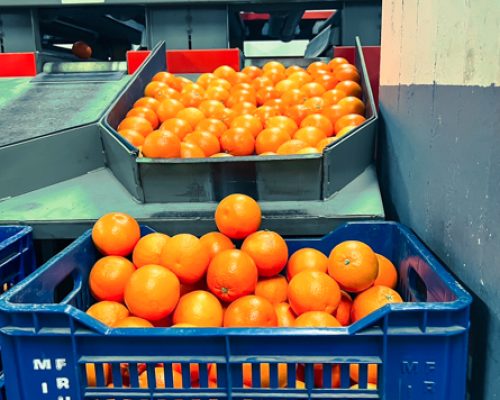
Packaging
We proceed with the packaging of the packages we offer, with the stacking in the appropriate platforms. Subsequently, the loading takes place, which starts from our warehouses in Sicily and arrives at its destination while maintaining the freshness of the fruit.
